How to and how do you thicken jades
nomen_nudum
8 years ago
last modified: 8 years ago
Featured Answer
Sort by:Oldest
Comments (19)
Nil13 usda:10a sunset:21 LA,CA (Mount Wash.)
8 years agoRelated Discussions
how do you change a jades plants color.... confused.
Comments (2)A jade that is happily getting direct sun will get some reddish and/or purplish coloring. For example, my plain green jade stays green all winter, but after a week in the sun, it gets reddish leaf edges. After a few weeks, a lot of the leaves are half red. For my variegated one, the cream and green gets the addition of purple when it gets direct sun. My hummels sunset has a lot of the neon green turn red, and a bright red I might add. So, really, it depends on the variety, and how much sun it gets. I don't let mine see anything less than 50 degrees, and 50's is normal at night most of the summer around here, so I'm not sure on the temperature thing. I also don't try and stress my jades by withholding water or fertilizer; I just treat them good all year. Joe...See More'nother request....how to thicken salsa
Comments (19)Is this a fresh or cooked or "to be canned" salsa recipe? Three very different animals! If you're not going to can it, you might try a little cornstarch. Here's a recipe below I got from my friend. She actually cans this up every year but it does NOT meet safe canning requirements. Also, you might try using paste tomatoes. I made all my salsa with roma tomatoes last year, I really liked it. Tomatoes vary greatly in their watery-ness. I know "watery-ness" is not a word, but I think it is appropriate! Salsa (this makes 15 pints, so you can reduce the amounts for a smaller batch) 12 lbs. tomatoes 7 large green or banana peppers or a mix 2 large onions 5 cloves garlic 11 jalepeno peppers, seeds removed (I'd use about six probably) Chop all of the above. Simmer for a while. Add: 1 cup white vinegar with 6 TBLSP corn starch dissolved in it. 1/2 cup oil 3 TBLSP salt (That seems like too much to me!) 1 TBLSP paprika 1 TBLSP sugar 1 bunch cilantro It was good salsa! But I would never can it with the oil in there. The vinegar ratio sounds a little low to me too. Not sure about cornstarch's safety, probably a no no says the safety gods!...See MoreHow do I prune my Jade plant?
Comments (5)mickeee Get some perlite, or pumice if available (and perhaps some small gravel). Best if screened using a kitchen strainer to get rid of dust, or at least rinsed. Add to your C&A mix, as it isn't often well draining enough. You don't have to separate plants, but they often look better if so - JMO :) Prunned off pieces could be rooted too if you want more plants. If unsure of something, take clear photos and post....See MoreHow to thicken my bonsai Ficus canopy
Comments (2)Thickening is additive growth, which means branches/trunk(s) get thicker. Ramification is an increase in the density of leaves and branches. Defoliation is the enemy of additive growth; and cultural conditions the plant approves of + judicious pinching/pruning facilitates ramification. Now - which are you striving for? Al...See Morerina_Ontario,Canada 5a
8 years agoCrenda 10A SW FL
8 years agoNil13 usda:10a sunset:21 LA,CA (Mount Wash.)
8 years agonomen_nudum
8 years agolast modified: 8 years agokaktuskris
8 years agorina_Ontario,Canada 5a
8 years agolast modified: 8 years agorooftopbklyn (zone 7a)
8 years agomarguerite_gw Zone 9a
8 years agonomen_nudum
8 years agorina_Ontario,Canada 5a
8 years agonomen_nudum
8 years agolast modified: 8 years agorooftopbklyn (zone 7a)
8 years agolast modified: 8 years agorina_Ontario,Canada 5a
8 years agonomen_nudum
8 years agobreathnez
8 years agoPaul MI
8 years agolast modified: 8 years agonomen_nudum
8 years ago
Sponsored
Industry Leading General Contractors in Franklin County, Ohio



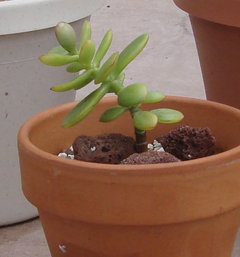
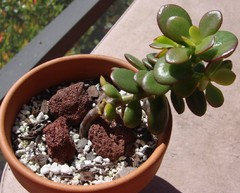
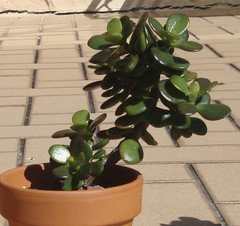

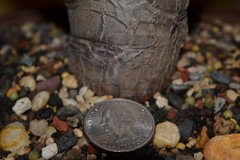
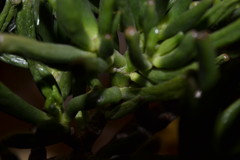
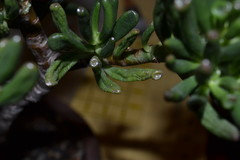

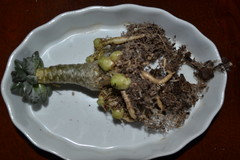
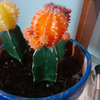
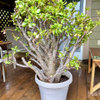

paracelsus